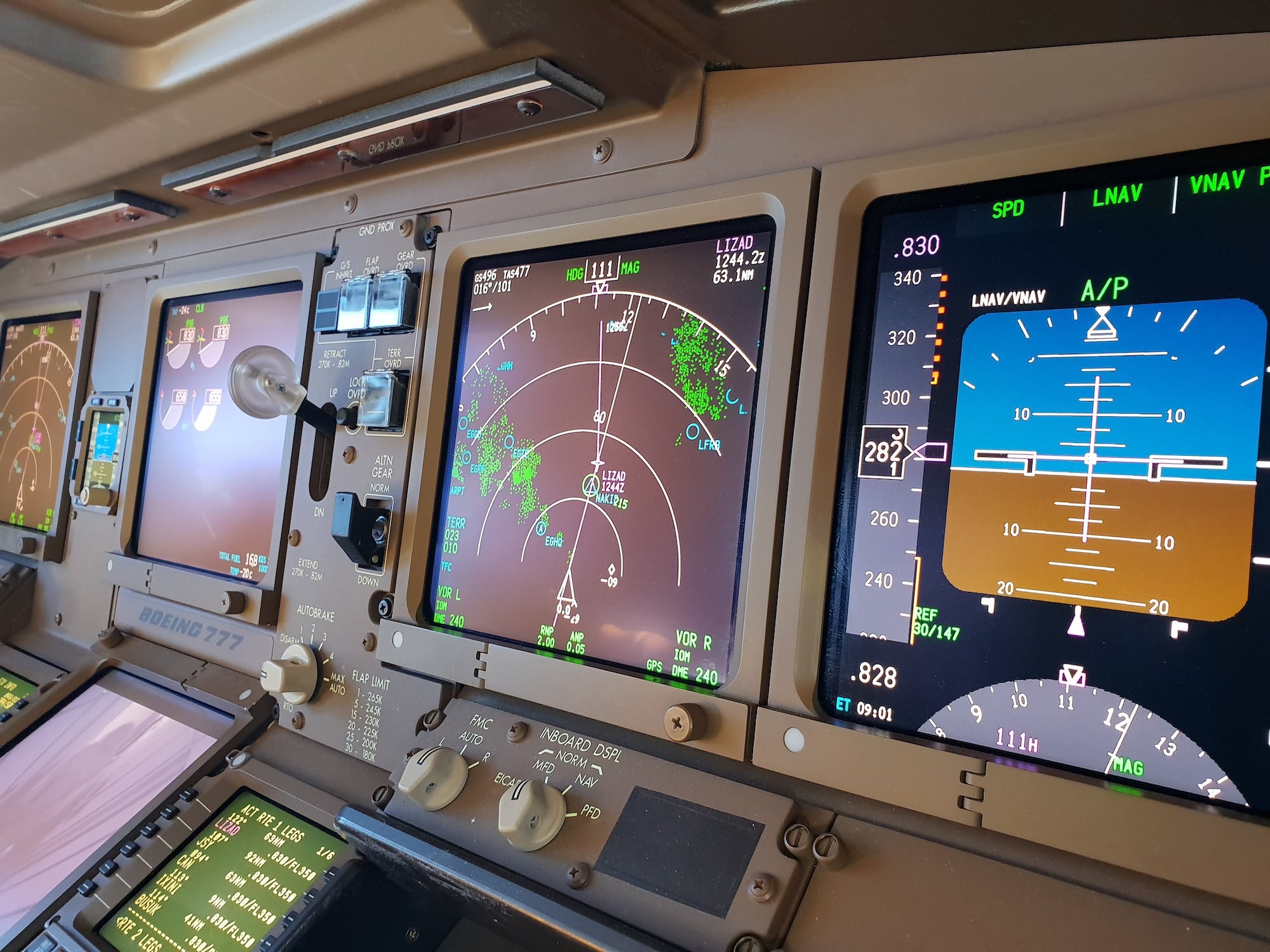
News
Navigation Lights
Is there any truth in navigation lights. That people only drink on the red side. (The Port Side)
Ok enough dad jokes. Let’s take a look at navigation lights.
Navigation lights on aircraft, just like on boats, use red and green colors to indicate their position and direction. Here’s why:
- Red and Green Conventions: The use of red and green navigation lights follows international conventions set by the International Civil Aviation Organization (ICAO). These conventions are designed to ensure consistent and standardized lighting for all aircraft, making it easier for pilots and air traffic controllers to interpret the information.
- Port and Starboard: In maritime tradition, red is typically associated with the left side (port) of a vessel, while green is associated with the right side (starboard). The same principle applies to aircraft. The red navigation light is placed on the left (port) side of the aircraft, and the green light is placed on the right (starboard) side.
- Indicating Direction: When an observer sees both red and green lights on an aircraft, it signifies that they are looking at the front of the plane. The combination of these lights helps pilots and other aircraft identify the orientation of an approaching or departing aircraft.
- White Light: Aircraft also have a white navigation light on the tail or the rear of the aircraft. This white light is used to signal the presence and orientation of the aircraft from behind.
- Safety and Visibility: These color-coded lights are crucial for safety, especially during low visibility conditions, such as nighttime or adverse weather. They enable pilots to maintain situational awareness and avoid collisions in the airspace.
In summary, the use of red and green navigation lights on aircraft is a standardized system that helps ensure safe and consistent operations in the aviation industry.

